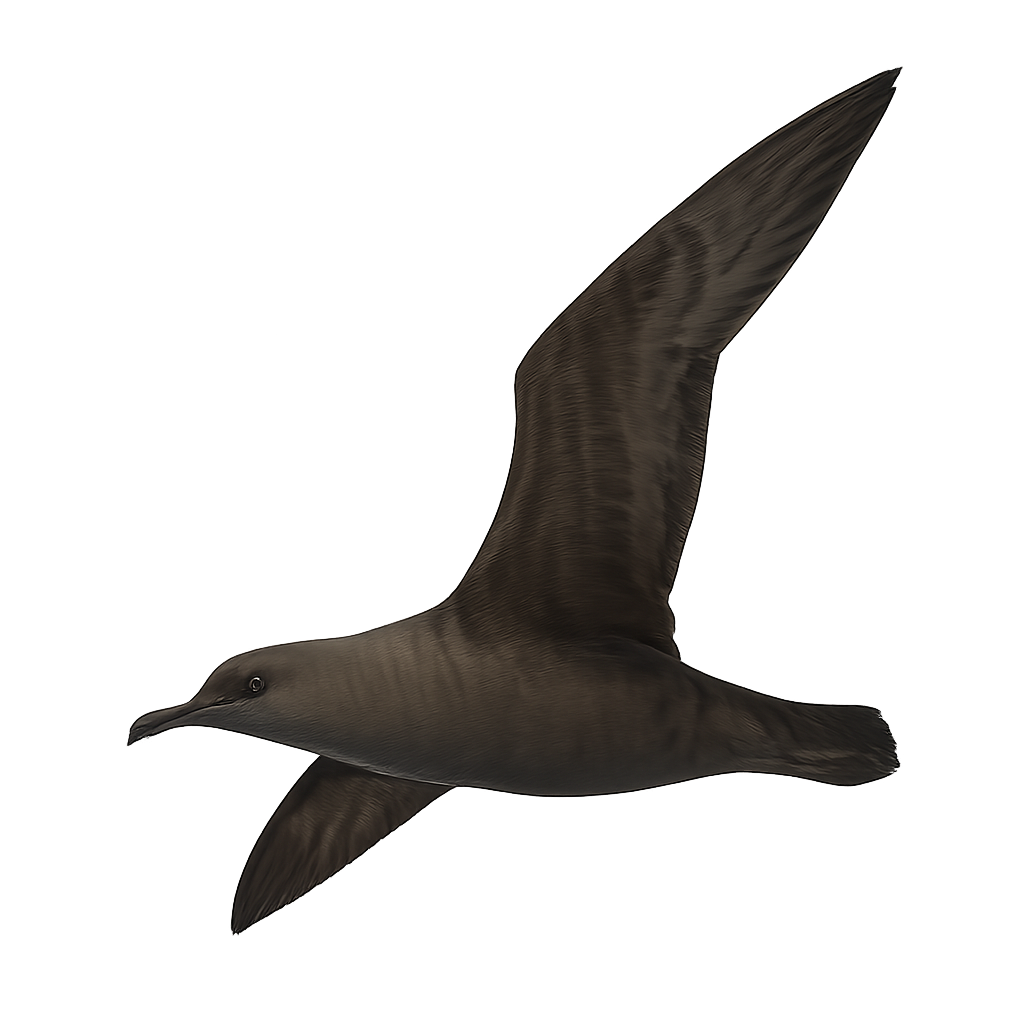Your wildlife photography guide.
Explore the sooty shearwater in detail, study its behavior, prepare your shots.
Where to observe and photograph the sooty shearwater in the wild
Learn where and when to spot the sooty shearwater in the wild, how to identify the species based on distinctive features, and what natural environments it inhabits. The WildlifePhotographer app offers tailored photography tips that reflect the sooty shearwater’s behavior, helping you capture better wildlife images. Explore the full species profile for key information including description, habitat, active periods, and approach techniques.
Sooty Shearwater
Scientific name: Puffinus griseus

IUCN Status: Near Threatened
Family: PROCELLARIIDAE
Group: Birds
Sensitivity to human approach: Suspicious
Minimum approach distance: 10 m
Courtship display: September to November
Incubation: 51-53 jours
Hatchings: October to January
Habitat:
Oceans, islands, rocky coasts
Activity period :
Mainly active at night, generally discreet during the day.
Identification and description:
The Sooty Shearwater is a medium-sized seabird known for its dark brown plumage and long, slender wings. It is often seen gliding close to the ocean waves, skillfully using air currents to travel great distances. This tireless migrator covers thousands of kilometers between its breeding sites in the southern hemisphere and feeding areas in the northern hemisphere. It nests mainly on remote islands, digging burrows in the ground to lay a single egg. The Sooty Shearwater feeds primarily on fish and squid, diving underwater to catch its prey. Although its population is still large, it is threatened by industrial fishing and climate change.
Recommended lens:
400 mm – adjust based on distance, desired framing (portrait or habitat), and approach conditions.
Photography tips:
To photograph the Sooty Shearwater, choose sunny days when the light highlights the shades of its dark plumage. Use a telephoto lens of at least 400mm to capture detailed images from a distance without disturbing the bird. Try to photograph it in flight, taking advantage of its graceful glides over the waves. If possible, position yourself on a promontory for an unobstructed view of the ocean. Be patient and wait for the right moment to capture the bird in a dynamic pose.
The WildlifePhotographer App is coming soon!
Be the first to explore the best nature spots, track rutting seasons, log your observations, and observe more wildlife.
Already 1 430 wildlife lovers subscribed worldwide

